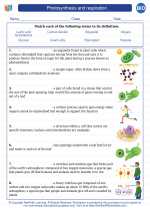Topic: Second
In biology, the term "second" can refer to several different concepts related to time, cell division, and physiological processes. Let's explore each of these aspects in detail:
1. Time Measurement:
In the context of time measurement, a "second" is a unit of time defined as the duration of 9,192,631,770 periods of the radiation corresponding to the transition between two hyperfine levels of the ground state of the cesium-133 atom. This definition was adopted in 1967 and is the basis for the modern international standard of timekeeping.
2. Cell Division:
During the process of cell division, particularly in the context of the cell cycle, the term "second" is used to refer to the phase of mitosis or meiosis. In mitosis, the second phase is known as metaphase, during which the duplicated chromosomes align along the metaphase plate. In meiosis, the second phase is referred to as the second meiotic division, during which sister chromatids are separated to form haploid daughter cells.
3. Physiological Processes:
Within physiological processes, the term "second" can also be associated with rapid events at the cellular or molecular level. For example, signaling events mediated by neurotransmitters or hormones may occur within a fraction of a second, influencing synaptic transmission, muscle contraction, or metabolic regulation.
Study Guide:
When studying the concept of "second" in biology, consider the following key points:
- Understand the definition and significance of a second as a unit of time in the SI system.
- Explore the roles of the second phase in mitosis and meiosis, and how they contribute to the accurate segregation of genetic material.
- Investigate rapid physiological processes that occur within seconds, such as action potentials in neurons, enzyme-substrate interactions, or ion channel gating.
- Consider real-world applications of precise time measurement in biological research, clinical settings, and technological advancements.
By mastering these aspects of the concept of "second" in biology, you'll gain a comprehensive understanding of its relevance across various biological phenomena.
.◂Biology Worksheets and Study Guides High School. Photosynthesis and respiration
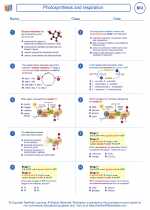
 Worksheet/Answer key
Worksheet/Answer key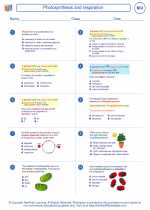
 Worksheet/Answer key
Worksheet/Answer key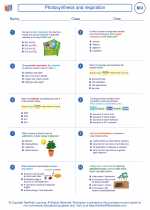
 Worksheet/Answer key
Worksheet/Answer key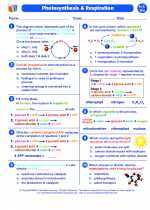
 Vocabulary/Answer key
Vocabulary/Answer key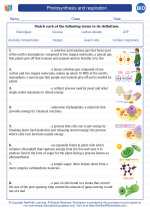
 Vocabulary/Answer key
Vocabulary/Answer key